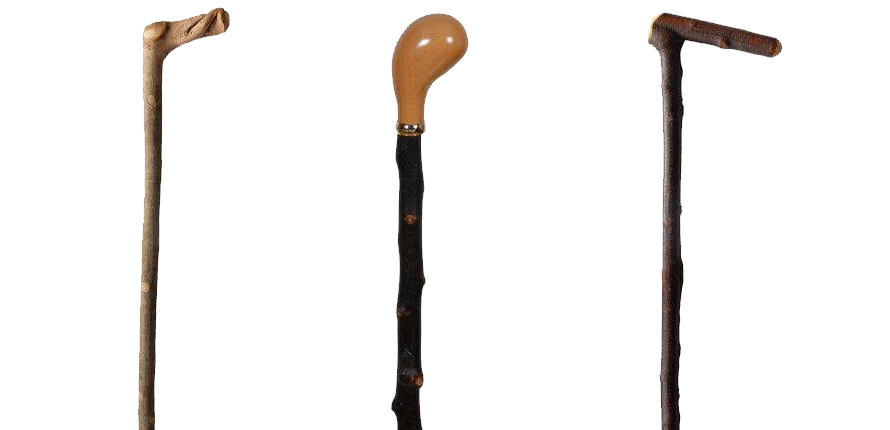The Top Choices for Country Walking Sticks
Walking sticks can boost your endurance and make hills in particular that bit easier to tackle. We take a look at the best options.
The Top Choices for Country Walking Sticks
https://www.contours.co.uk/the-top-choices-for-country-walking-sticks
Guest Blog by Hannah and Emily at Walking Sticks Online.
Many walkers and hikers like to use walking sticks when they take to the trails, however any avid stick-user will tell you that they are not just mere mobility aids. If you enjoy walking through the countryside in Britain, a stick serves as a constant companion and is useful for a wide variety of purposes, including;
• Helping you to keep your balance, particularly on uneven terrain
• Providing excellent support when traversing steep hills
• Increasing your stride and hiking speed with the use of arm power
• Reducing stress on your knee and hip joints by supporting your upper body and maintaining good posture
• Supporting you as a crutch if you get injured or tired
• Helping to clear the path ahead through dense grasslands or overgrown forests
• Acting as a monopod to help stabilize your camera or binoculars
• Lending a hand to help your companions cross difficult areas by giving them something to hold on to
• Retrieving things that are out of reach or in the water
• Offering something to lean against when you stop to rest
• Testing water or mud for depth to determine if it is safe to cross
Along with a range of uses, there is also a lot of choice when it comes to what type of stick to buy. Depending on what you are looking for, you are guaranteed to find something suitable for any person and for any walking adventure..png)
Adjustable aluminium hiking poles are usually purchased in pairs and can have either crutch or grip-style handles. They are lightweight and practical and can telescope down to a small size for easy stowage. Hiking poles like these are good for ascending or traversing steep hills as the height of each pole can be adjusted quickly and easily, meaning you can have one stick at one length and one at another, making them the most popular choice for walkers.
Wooden hiking sticks have more of a "good companion" feel to them. There are many different variations of wooden sticks, but they all have a lanyard (or strap) that wraps around the arm to free up your hands when needed, as well as a metal spiked tip with a spare rubber ferrule to go over it for use on hard ground. Variations such as a camera mount in the top of the stick to turn it into a monopod, plus embedded magnets on the handle tops to pick up dropped keys or other metal objects, can also be purchased.
Thumbsticks and wading sticks are another popular choice. Thumbsticks are similar to the wooden hiking sticks, but they have Y shaped handles that are held with the thumb hooked over the V, or they can be leaned on with the forearm resting in the V. Wading sticks are the same as thumbsticks, except they also have a weighted end and a long lanyard that wraps around the upper body. Wading sticks are usually used by fishermen for helping them to keep their balance in rivers and for testing the depth of the water. The weighted end keeps the stick from floating off downstream, as does the lanyard.
Cross-head and knob-sticks are both one-piece sticks that are strong and reliable, making them highly suitable for long walks. They are far superior to a stick just picked from out of the bush; these sticks are dried for 2 years, straightened and grown in such a way that they do not require a join from the handle to the shaft. This means they are both lightweight and strong.

To see what's out there and to find something for you, visit www.walkingsticksonline.co.uk for handmade and machine-made walking sticks of every kind.